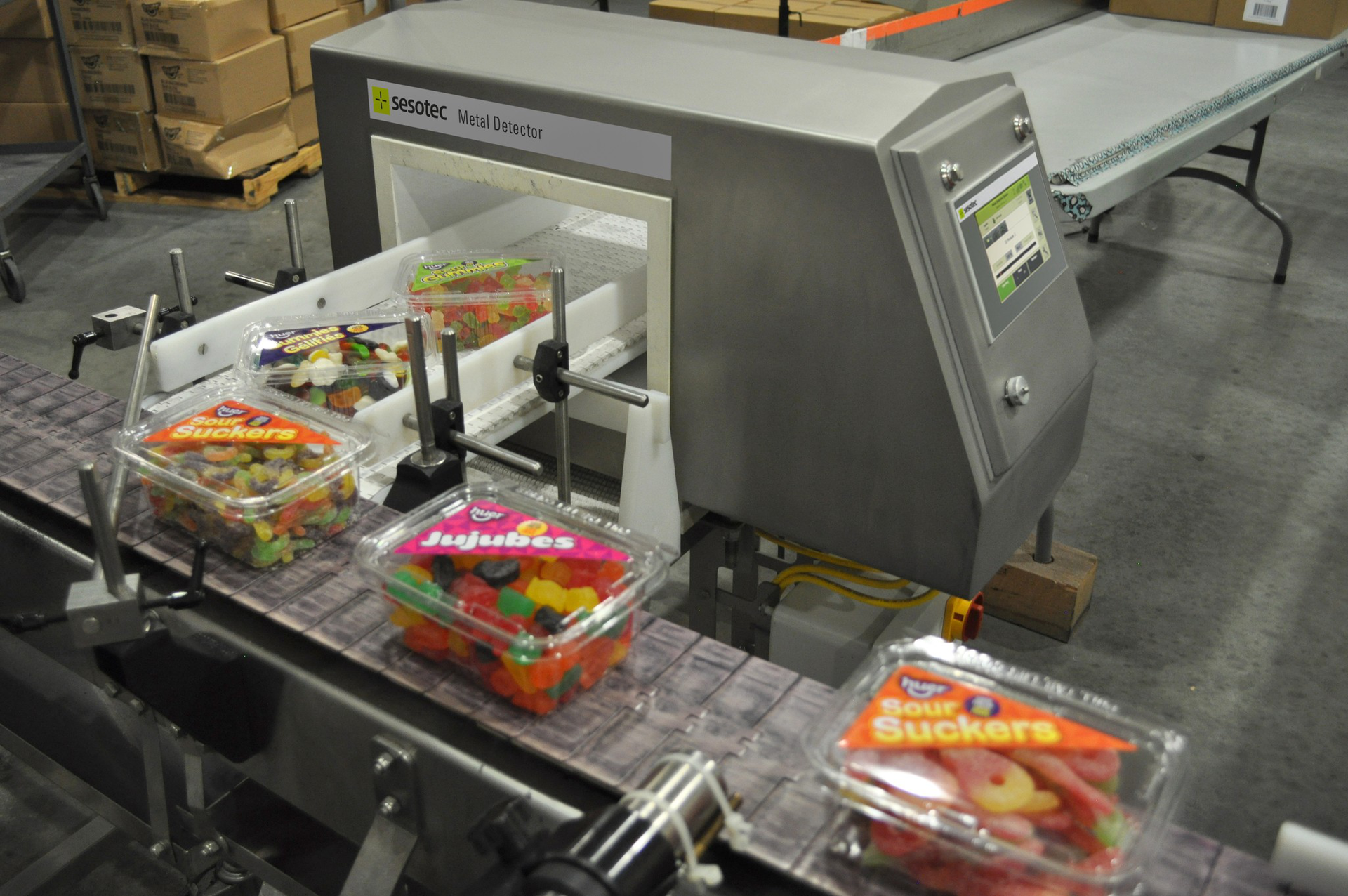Improving the sustainability of global food systems is undoubtedly one of the most urgent challenges we must face globally. Despite significant progress in food production and distribution, much remains to be done to ensure a sustainable and economically viable supply for the world's population.
This article examines the impact on consumer and production safety as well as economic growth when food is contaminated or wasted in processing. The role of technological innovations in solving these problems is highlighted, and a brief summary of recent developments in the field of foreign body detection is provided. These science-based advances are already driving a shift in our society towards sustainable, efficient food systems. In other words, scientifically based technological change is the driving force that is beginning to turn the tide in efforts to increase productivity and minimize waste in food processing.

What does sustainability mean in food?
The Food and Agriculture Organization of the United Nations (FAO) defines sustainability in food as "the idea that something (e.g., agriculture, fishing, or even food preparation) is done in a way that does not waste our natural resources and can continue in the future without harming our environment or health." To be sustainable, food production must also be economically viable and profitable, so that farmers and workers along the supply chain can make a living and consumers have an affordable choice of foods.

Why is sustainability in the food industry more important than ever?
The current global conditions make the topic of sustainability in the food industry more relevant than ever. A growing world population, coupled with a finite amount of raw materials, rising prices, and urgently needed quality assurance systems, present the goal of feeding the world population while preserving the environment and resources for future generations with entirely new challenges.
Another obstacle to sustainable food supply is the enormous amount of food waste that still prevails in our society. A typical example: According to a study, about one-third of all food worldwide ends up in landfills on the way from the farm to the consumer - and this, despite the fact that according to the United Nations, almost nine percent of the world population is currently hungry. Surely we can do better, especially since the rapid growth of the world population in the next 30 years will require an increase in food production by 70%.
Data from Germany show that recalls due to contamination by foreign bodies are increasing, and a study from the United States cites metal, plastic, and glass in food as the main cause of recalls, causing direct economic losses in the millions and immense damage to corporate brands.
Technological innovations are an important part of the solution to the aforementioned challenges, as efforts to improve the detection of foreign bodies are crucial to curbing recalls and avoiding waste. Fortunately, as we will see below, the food industry has made significant progress in developing innovative technologies for contamination detection and inspection, which help lead the world to more sustainable food production.
Food Safety: The Challenges of the 21st Century
As already mentioned, a constantly growing world population will require a significant increase in food production in the coming decades of this century. To achieve this and combat hunger in our world, both higher productivity and a reduction in waste must go hand in hand.
Even though the food security situation has undoubtedly improved in the last century, we are far from being out of the woods. As already mentioned, modern production and packaging processes have brought a number of challenges, particularly those caused by the presence of foreign bodies such as plastic, metals, glass, and bone fragments in our food.
Contamination by foreign bodies has serious consequences for people's well-being and presents enormous challenges for food manufacturers, requiring constant technological innovations to avoid damage to the brand and reputation. A good example of this problem was the recall of a popular chocolate bar a few years ago, after the now outdated technology for detecting contamination mistakenly confused plastic with the caramel substance of the bar - leading to the recall and disposal of the entire batch of chocolate bars in 55 countries worldwide.
All this underscores the need for a transition to sustainability in food production and the constant advancement of technologies to ensure that our food supply is both sufficient and consistently free from foreign bodies. High productivity is not at odds with food safety.
Constant innovations make the difference in terms of sustainability.
While politics is the key to efforts to ensure the safety of our food supply, groundbreaking technological advances have long been the driving force. The use of inspection technologies to detect foreign bodies in food, as well as advances in food traceability, make it possible to track the movements of a food item throughout the entire supply chain and at each stage of production. Modern foreign body detection helps in the early identification of contaminants and the prevention of recalls, which automatically leads to greater sustainability through reduced food waste and more profitable food production.

In an era of constant technological advancements in all areas, the food industry has expanded its share of important innovations in recent years, revolutionizing the field of foreign body detection in our food supply. For example, in recent years, significant progress has been made in metal detection in foods with a high product effect (intrinsic conductivity) through the use of artificial intelligence, which conventional metal detectors have not achieved so far.
New generation X-ray devices also make an important contribution to food safety and thus to sustainability, as they can detect a variety of foreign bodies such as glass, stones, and bones.
Overall, these technological developments in the industry are guided by principles that combine significantly improved contamination detection capabilities with features that enhance user-friendliness and productivity. Examples include the use of very robust components in hygienic design, which offer fewer surfaces for dirt. Furthermore, top-of-the-line foreign body detection devices are becoming easier to operate and come with highly efficient maintenance and expert service advice for installation, adjustment, and the condition of the detection system, as well as reliable arrangements for repairs if needed.
In conclusion, there are certainly still challenges to ensure even higher food safety. With the right equipment, any manufacturer can efficiently meet all today's standards and requirements for safe and sustainable food processing.

